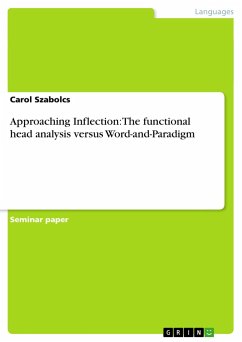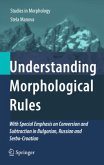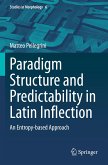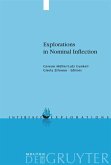This study aims at contributing to a clarification of the distinction between derivational and inflectional morphology. Examples from dictionaries, lexicons and corpuses, were taken and analysed in order to find whether a certain morphological process belongs to the domain of inflection or derivation. Much of the data is taken from English and Modern Standard Arabic (MSA), with other data drawn from French, German and Dutch. The study consists of a morphological analysis of these languages based on two important phenomena in morphology, namely, concatenative morphology and non-concatenative morphology. Through qualitative analysis, inflection and derivation are shown to not be clear-cut categories in both English and MSA. There are no sharp boundaries between these two important areas despite the fact that researchers have been trying to differentiate between them. It is hoped that investigations for each criterion will help morphologists and other linguists to take into consideration the problematic interfaces that exist between these two main fields in morphology.
Bitte wählen Sie Ihr Anliegen aus.
Rechnungen
Retourenschein anfordern
Bestellstatus
Storno








